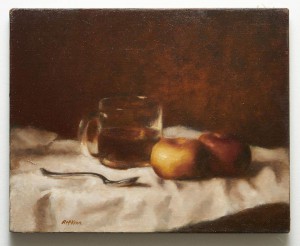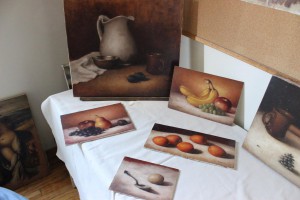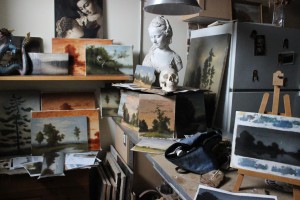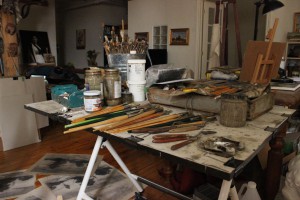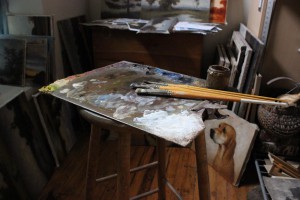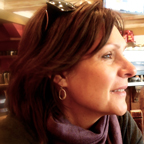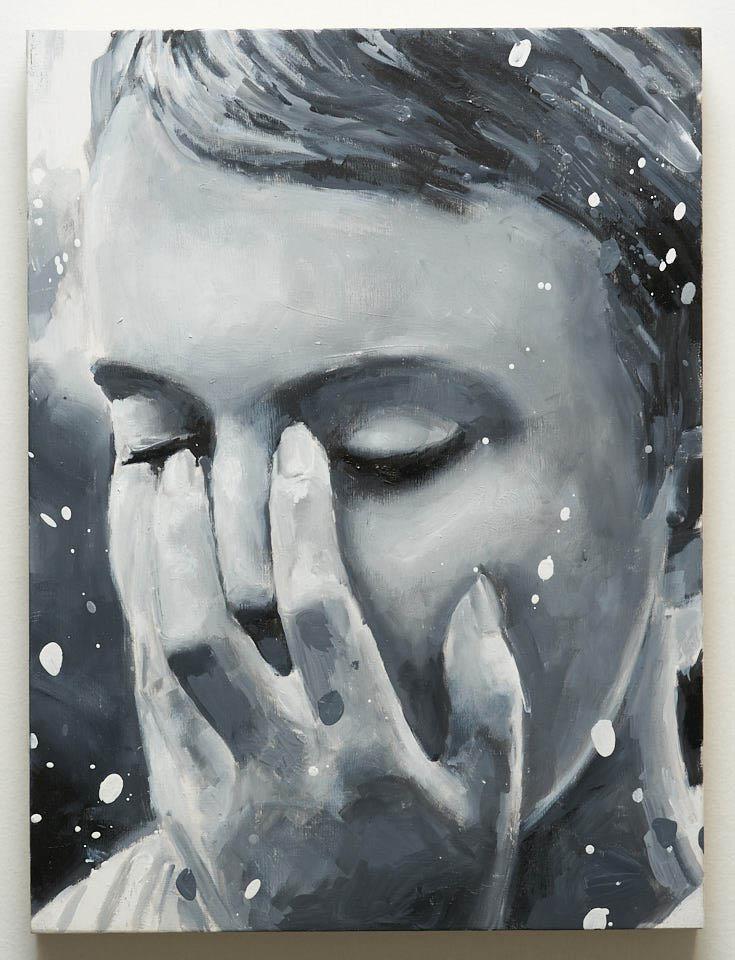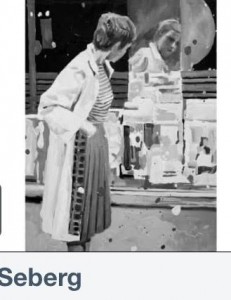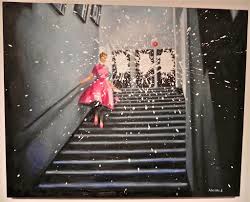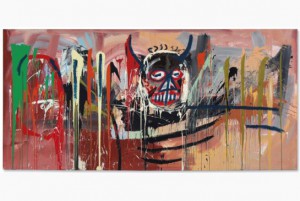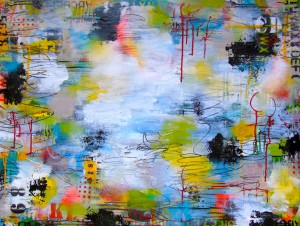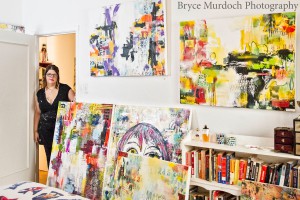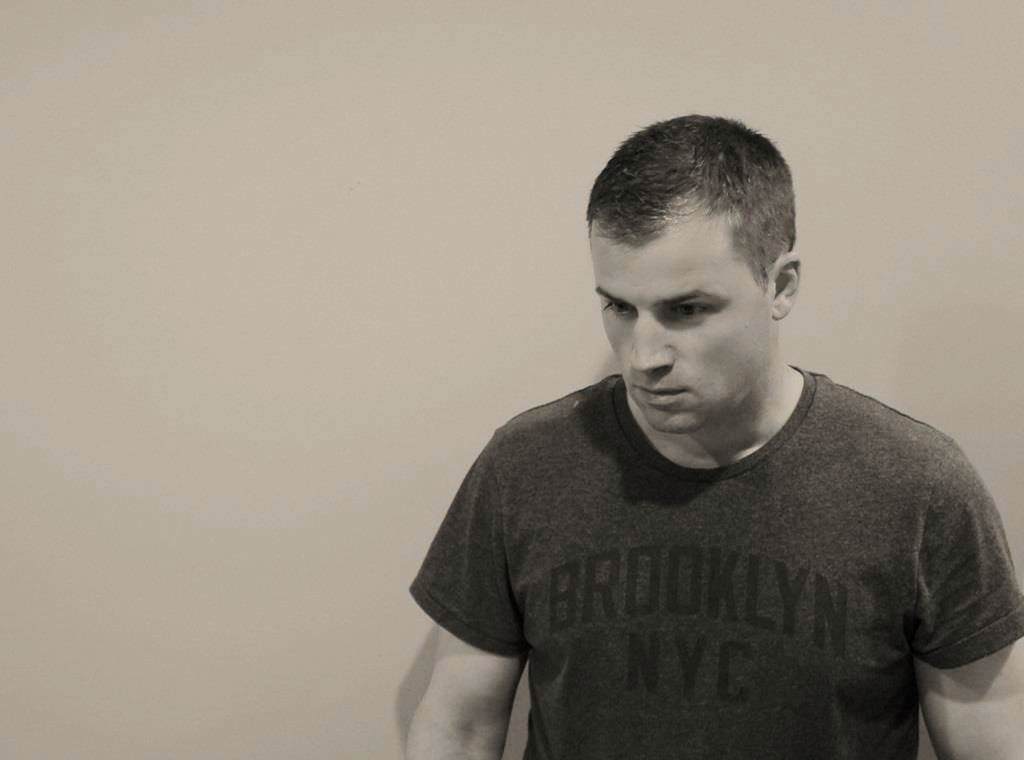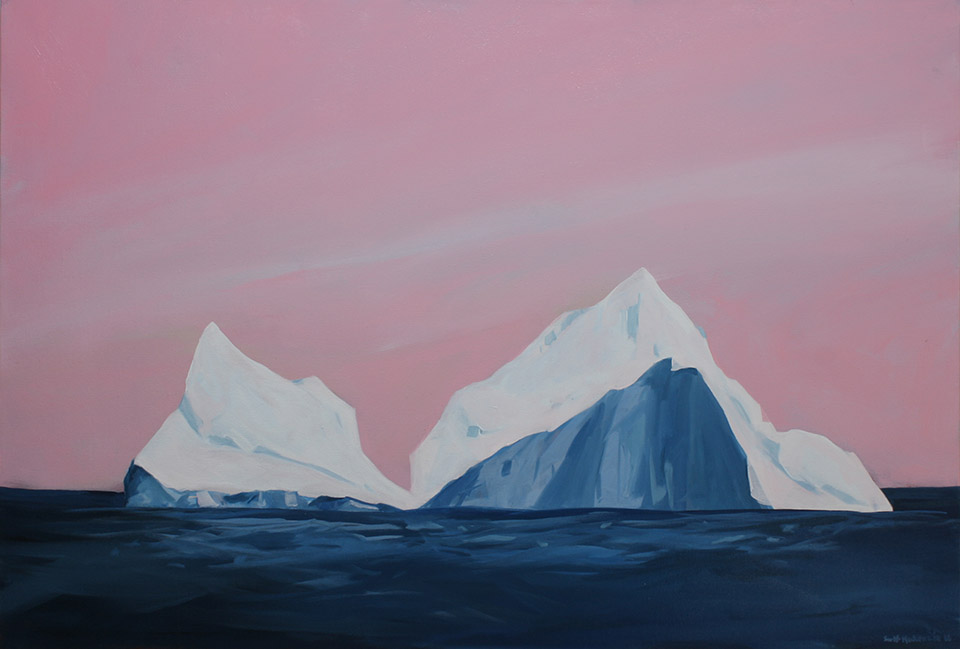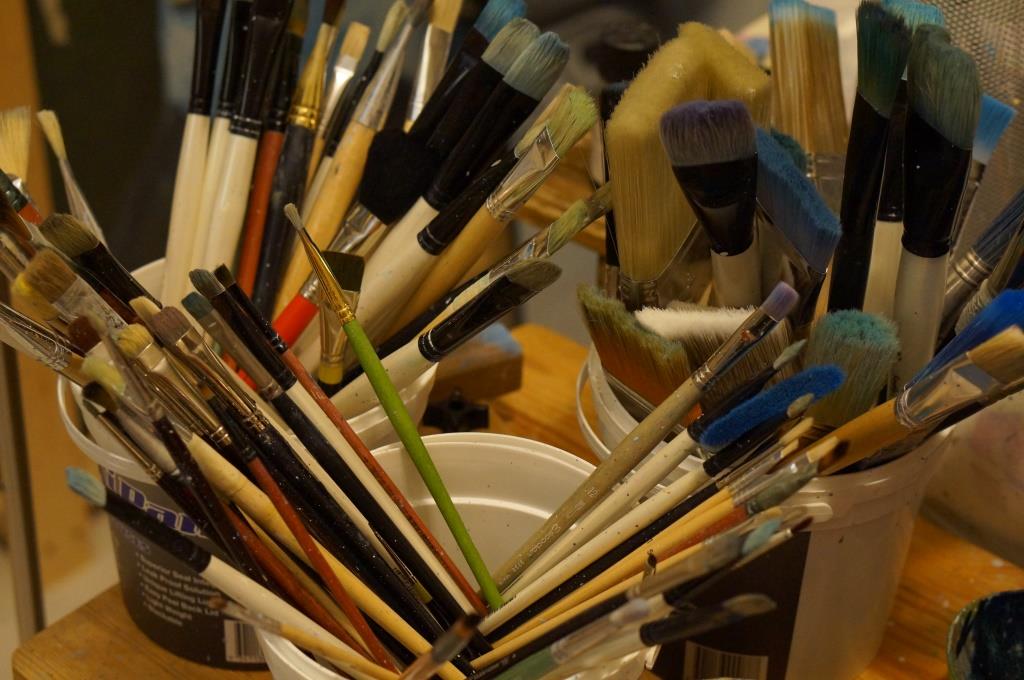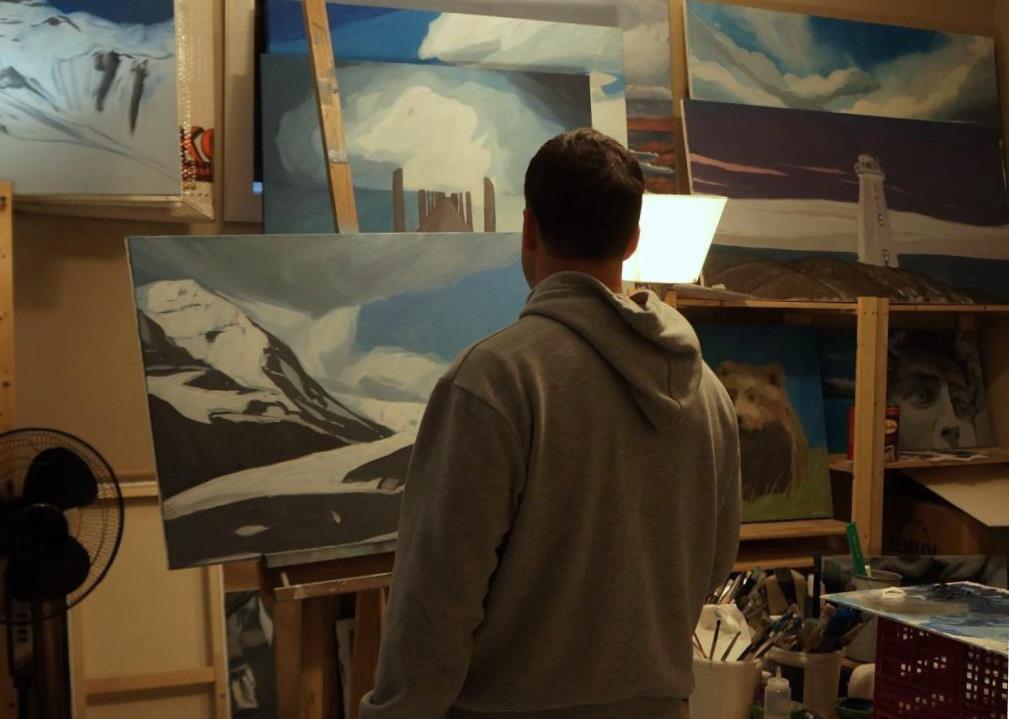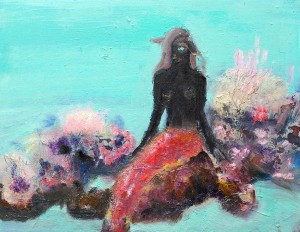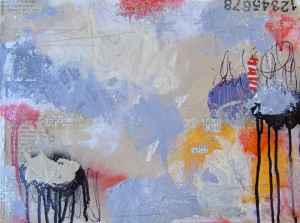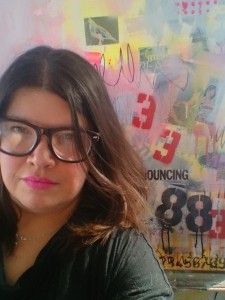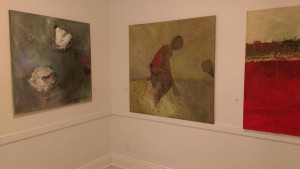Six More Reasons to Buy More Art
by Lorette C. Luzajic
Back of my Mind, by Alice Zilberberg. 11×14″, $200.
You love art and have fifty-three Pinterest boards full of faves, a shelf of impressive books on modern abstract and old masters, and a membership to the Art Gallery of Ontario. So why aren’t you collecting art?
I want to empower you to buy art! On behalf of artists everywhere, I unabashedly promote the importance of purchasing. Here are six good reasons to start today.
Somebody has to. I’ve said this before but it bears repeating: people who love music buy music, people who love fashion buy clothes, people who love food dine out in new restaurants, and people who love wine keep a small collection or a whole basement of the stuff. People who love antiques or vintage watches or old comics are busy bidding on eBay. But most people who love art never buy any. Think about this for a minute.
You can be your own curator! Every collection is unique, and reflects the journey of its owner. Your collected artworks will showcase your changing tastes, and remind you of creative paths you have explored.
You learn as you go. What better way to learn about art then through active immersion as a consumer? Looking in museums and fairs and studying your textbooks seem unbeatable teachers until you begin buying, too. Think about it: when you needed a new vacuum cleaner, you became an expert in brand technology. When you needed a new car, you learned more about models, engines, and repairs than ever before. When you left the cooking class and began your culinary explorations at home, you and an arsenal of 100 spices became as one once you began buying them for your kitchen. Even when you don’t buy anything, knowing that you might means you will always be looking deeper and asking questions. Your support of living artists fuels the future.
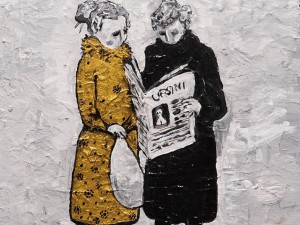
February, by Danilo Ursini. 11×17″ , $650.
Art is for everyone. Yes, art collecting is for the ultra-rich, and it’s also for educators and curators schooled on theory and history. It’s for dynamite decorators and rock stars and proud parents. And for you, whoever you are. When it speaks to you, listen.
You can say, “I support the arts” and mean it and be proud. Everyone “supports” the arts, if by “support” they mean love and looking. And those are both great things. But the minute you begin buying art you put your money where your heart is and vote for a creative future. It doesn’t matter if your collection is small or large, or if it grows slowly or rapidly. You are putting paint in our hands and a roof over our heads. You get something beautiful or challenging or thought provoking in return. It’s the ultimate win-win situation.
Sweet Little Thing by Lorette C. Luzajic, 11×14″. $200.
It’s affordable. True, maybe neither of us will be buying a room-sized Rothko or Monet anytime soon. So discover living favourites and support them. Next time you see a painting or sculpture that catches your fancy and fits your budget, just say yes.
Lorette C. Luzajic is a Toronto-based artist and writer at www.mixedupmedia.ca.
To inquire about purchasing these works of art, please contact Carrie Shibinsky at [email protected].

